Home>Interior Design>Pedestal Styling Is The Overlooked Decor Trend We Shouldn’t Ignore
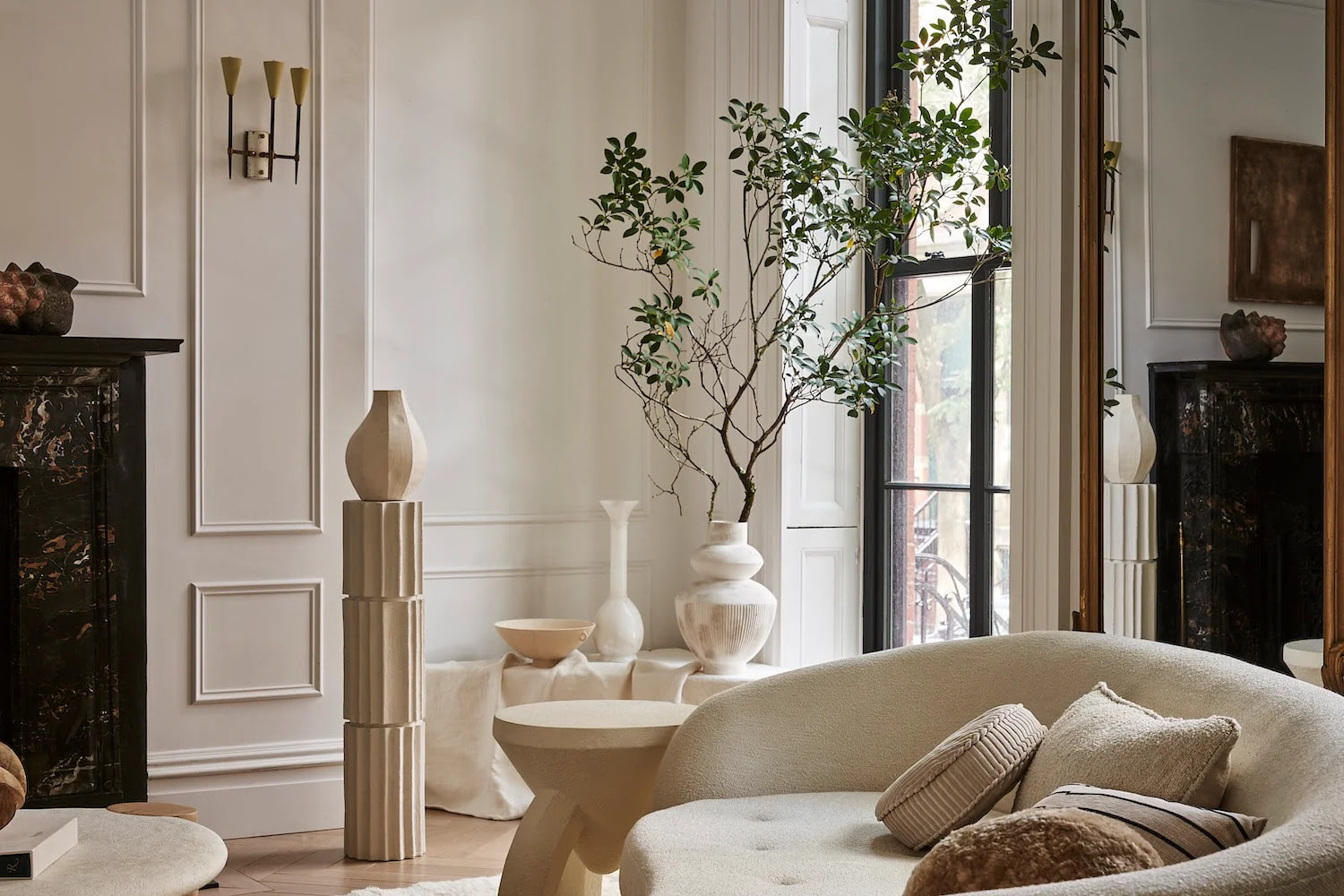

Interior Design
Pedestal Styling Is The Overlooked Decor Trend We Shouldn’t Ignore
Modified: May 6, 2024
Discover the power of pedestal styling in interior design. Don't overlook this trend that can transform your space into a true masterpiece.
(Many of the links in this article redirect to a specific reviewed product. Your purchase of these products through affiliate links helps to generate commission for Storables.com, at no extra cost. Learn more)
Introduction
Pedestal styling is a decor trend that often goes unnoticed, but it has the power to elevate any space to new heights of sophistication and charm. With its roots deeply ingrained in history, pedestal styling brings a touch of elegance and grandeur to modern interiors.
But what exactly is pedestal styling? In simple terms, it involves using pedestals as a design element to showcase objects of interest or importance. Whether it’s a cherished sculpture, a beautiful vase filled with fresh flowers, or a treasured piece of art, pedestal styling provides a focal point and enhances the overall aesthetic appeal of a room.
The use of pedestals in decor dates back thousands of years. In ancient civilizations, they were often used to display statues of gods and important figures, symbolizing their significance and power. As time passed, pedestals became synonymous with prestige and luxury, finding their way into palaces, museums, and stately homes.
Today, pedestal styling is making a comeback as an emerging trend in interior design. With a shift towards minimalism and clean lines, pedestals offer a way to add visual interest and elevate objects without overwhelming the space. From sleek and modern designs to ornate and antique-inspired styles, pedestals come in various shapes, sizes, and materials to suit different tastes and decor styles.
Choosing the right pedestal for your space is crucial to creating a harmonious and balanced look. Consider the overall aesthetic of your room and the purpose of the pedestal – is it meant to showcase a specific object or add a decorative element on its own? Look for a style that complements your existing decor and enhances the overall ambiance of the room.
Pedestal styling is incredibly versatile and can be incorporated into various rooms throughout the home. From the living room to the bedroom, the possibilities are endless. In the next sections, we will explore how to incorporate pedestal styling in different areas of your home and provide some dos and don’ts to help you achieve a polished and cohesive look.
Join us on this journey as we dive into the world of pedestal styling and discover the endless possibilities it offers for transforming your home into a sanctuary of elegance and visual delight.
Key Takeaways:
- Elevate your space with pedestal styling, a timeless trend that adds sophistication and visual interest to any room. Showcase cherished objects and create focal points with versatile pedestals.
- Incorporate pedestal styling into different rooms to add elegance and personality. Follow dos and don’ts, mix heights and sizes, and curate seasonally for visually captivating arrangements.
What is Pedestal Styling?
Pedestal styling is a design concept that involves utilizing pedestals as a decorative element to showcase objects of interest or significance. A pedestal is essentially a raised platform or support that elevates an object, drawing attention to its beauty and importance.
By incorporating pedestal styling into your interior design, you add a layer of sophistication and visual interest to your space. It allows you to highlight and display cherished items, whether they are art pieces, sculptures, vases, or even plants.
One of the key features of pedestal styling is its ability to create a focal point in a room. Placing an object on a pedestal instantly draws the eye and guides the viewer’s attention towards the showcased item. It adds a sense of drama and importance to the space, making it more visually engaging.
Moreover, pedestal styling offers a way to elevate smaller objects or decor items that might get lost or overlooked in a larger setting. By placing them on a pedestal, you bring them to eye level and give them the prominence they deserve.
The versatility of pedestal styling is another reason for its popularity. Pedestals come in a wide range of designs, materials, and heights, allowing you to choose one that complements your existing decor and suits your personal taste. From sleek and minimalist pedestals to ornate and antique-inspired ones, you can find a pedestal that fits seamlessly into any style of interior design.
Not only is pedestal styling visually appealing, but it also offers a practical solution for showcasing delicate or valuable objects. By placing them on a pedestal, you can protect them from accidental damage or breakage, particularly if they are displayed in high-traffic areas.
Whether you have a small studio apartment or a spacious mansion, pedestal styling can be adapted to suit any size of space. In smaller rooms, a single pedestal with a standout object can create a focal point and add a touch of elegance without overwhelming the space. In larger rooms, multiple pedestals with carefully curated objects can create a sense of balance and visual harmony.
Ultimately, pedestal styling allows you to infuse your space with personality and character by showcasing objects that hold sentimental or aesthetic value. It transforms your home into a curated gallery, where every object tells a story and captures the imagination of your guests.
Now that we’ve explored what pedestal styling is, let’s delve into the history of pedestals in decor to gain a deeper understanding of this enduring trend.
The History of Pedestals in Decor
Pedestals have been a prominent feature in decor for centuries, serving as both functional supports and artistic displays. Their history can be traced back to ancient civilizations, where they were used to elevate and showcase statues of gods, rulers, and other important figures.
In ancient Egypt, pedestals were commonly used to display statues of pharaohs and deities. These pedestals, often made of stone or wood, were intricately carved and adorned with hieroglyphics, symbolizing the power and divinity of the depicted figures. Placing statues on pedestals emphasized their significance and allowed worshippers to better appreciate their grandeur.
The Romans also embraced the use of pedestals in their decor, particularly in public spaces and temples. Statues of emperors, gods, and renowned individuals were placed on pedestals, enhancing their presence and making a statement about their importance. The pedestals themselves were often made of marble, elaborately designed and sculpted to reflect the grandeur of the Roman Empire.
During the Renaissance period, pedestal styling reached new heights of elegance and sophistication. Italian artists and architects such as Michelangelo and Palladio incorporated pedestals into their designs, using them to support and display sculptures and other art objects. Pedestals became an integral part of the overall composition, providing a visual foundation for the artwork and adding a sense of balance and harmony.
In the 18th and 19th centuries, pedestals became popular in European neoclassical interiors. Inspired by ancient Greek and Roman architecture, designers and collectors adorned their homes with pedestals to showcase sculptures, vases, and busts. Ornate pedestals made of materials like marble, bronze, and gilded wood became a symbol of wealth and refined taste.
With the rise of modernism in the 20th century, pedestal styling took a more minimalist and functional approach. Simple, clean-lined pedestals made of materials like steel and glass were used to display contemporary sculptures and artworks. The emphasis shifted from elaborate ornamentation to clean and sleek designs that complemented the modern aesthetic.
Today, pedestal styling continues to evolve, embracing a wide range of design influences and materials. Whether you prefer a traditional look with ornate pedestals and antique-inspired objects or a contemporary style with sleek and minimalist designs, pedestals offer a timeless way to showcase and elevate objects in decor.
The rich history of pedestals in decor showcases their enduring appeal and versatility. From their humble beginnings in ancient civilizations to their status as decorative statement pieces in modern interiors, pedestals have left an indelible mark on the world of design.
Now that we have explored the history of pedestals, let us discover why pedestal styling is an emerging trend in today’s interior design landscape.
Why Pedestal Styling is an Emerging Trend
As interior design trends evolve, pedestal styling has emerged as a popular choice for adding elegance and visual interest to spaces. There are several reasons why this trend is gaining momentum in the design world.
One of the main reasons for the resurgence of pedestal styling is the shift towards minimalism and clean lines in interior design. Pedestals offer a way to enhance the visual appeal of a space without cluttering it. By elevating objects on pedestals, you create a focal point while maintaining an uncluttered and streamlined look.
Moreover, pedestals provide a way to showcase objects that might otherwise be overlooked or lost in a larger setting. They draw attention to the displayed items, allowing them to shine and make a visual impact. Whether it’s a statement sculpture, a unique art piece, or a beautiful vase, pedestals give these objects the prominence they deserve.
Another reason for the growing popularity of pedestal styling is its versatility. Pedestals come in a variety of designs, materials, and heights, making them suitable for various decor styles and spaces. Whether you have a traditional, contemporary, or eclectic interior, you can find a pedestal that complements your aesthetic and enhances the overall ambiance of the room.
Furthermore, pedestal styling allows for easy customization and flexibility. You can swap out objects on the pedestals to refresh the look of a room or reflect seasonal changes. This versatility gives you the freedom to constantly update and reinvent your space, keeping it dynamic and visually captivating.
In addition to their aesthetic appeal, pedestals also serve a practical purpose. Placing delicate or valuable objects on pedestals helps protect them from accidental damage or breakage. It keeps them out of reach of children or pets while adding an extra layer of security.
With the rise of online marketplaces and global travel, there is a growing appreciation for unique and one-of-a-kind objects. Pedestal styling offers a platform to display and showcase these treasures, creating a curated and personalized space that tells a story. It allows individuals to express their personality and style through the carefully chosen objects they display.
Finally, pedestal styling has gained popularity due to its ability to create a sense of artistry and sophistication. Placing objects on pedestals adds drama and visual interest to a room, turning it into a gallery-like space. It elevates the overall design and gives the impression of a curated and thoughtfully designed interior.
As the world of interior design continues to evolve, pedestal styling is becoming increasingly prevalent. Its ability to add elegance, showcase objects, and create a visually captivating space makes it a trend worth incorporating into your own home.
Now that we understand why pedestal styling is an emerging trend, let’s explore how to choose the right pedestal for your space.
Choosing the Right Pedestal for Your Space
When it comes to pedestal styling, choosing the right pedestal is essential to create a harmonious and visually pleasing look. Here are some factors to consider when selecting a pedestal for your space:
1. Size: The size of the pedestal should be proportionate to the object you plan to display on it. A large, oversized pedestal might overpower a small sculpture or vase, while a tiny pedestal may not give enough visual support to a larger object. Consider the dimensions of both the pedestal and the object to ensure they complement each other.
2. Style: The style of the pedestal should align with your overall decor aesthetic. If you have a modern and minimalist style, opt for a clean-lined pedestal with a sleek finish. For a more traditional or eclectic look, consider pedestals with ornate details or antique-inspired designs. The style should enhance the visual appeal of the displayed object and contribute to the overall ambiance of the room.
3. Material: Pedestals come in a range of materials, including wood, metal, stone, and acrylic. Consider the materials used in your existing decor and choose a pedestal that complements them. For instance, if you have predominantly wooden furniture, a wooden pedestal would create a cohesive look. Alternatively, you can choose a material that offers a contrast and adds an element of visual interest.
4. Height: Take into account the height of the object you plan to display and the desired visual impact. A taller pedestal will give a piece more prominence and can create a sense of drama, while a shorter pedestal will bring the object closer to eye level for easier viewing. Consider the sightlines and overall composition of the room to determine the ideal height for the pedestal.
5. Stability: Ensure that the pedestal is stable and can securely support the weight of the displayed object. This is particularly important for valuable or fragile items. Look for pedestals with a solid and sturdy base that will provide a reliable foundation, preventing any accidents or damage.
6. Placement: Think about where you plan to place the pedestal in your space. Consider factors such as lighting, traffic flow, and the overall layout of the room. Pedestals can be placed against a wall, in a corner, or even as a centerpiece if it is a stand-alone piece. Choose a location that allows the pedestal and displayed object to be seen and appreciated without obstructing the flow of the room.
By considering these factors, you can choose a pedestal that not only complements your decor but also showcases your displayed object in the best possible way. Remember, the pedestal should enhance the aesthetics of the room while providing a visually appealing platform for the object.
Now that you have an idea of how to choose the right pedestal, we will explore the versatility of pedestal styling and how it can be incorporated into different rooms in your home.
When styling a pedestal, consider using a mix of heights and textures to create visual interest. Incorporate elements like plants, sculptures, or vases to add personality to the space.
Read more: What Is The Style Of A Pedestal Table?
The Versatility of Pedestal Styling
Pedestal styling is a versatile design concept that can be incorporated into various rooms throughout your home. From the living room to the bedroom, pedestals offer a stylish and functional way to showcase objects and enhance the overall aesthetic appeal of each space.
One of the most common areas where pedestal styling is used is the living room. Here, a pedestal can be employed to display a decorative object such as a sculpture, a unique vase, or a collection of smaller items. Placing these objects on a pedestal not only adds a focal point to the room but also creates a conversation starter for guests.
In the dining room, a pedestal can be utilized to showcase a beautiful centerpiece or a statement floral arrangement. By elevating these elements on a pedestal, you can enhance the visual impact and create a more elegant and sophisticated dining experience.
Bedrooms can also benefit from pedestal styling. In a bedroom, a pedestal can be used as a nightstand alternative, providing a stylish platform for a lamp, a small plant, or even a stack of books. This not only adds interest to the room but also creates a practical surface for your nighttime essentials.
The versatility of pedestal styling extends to other rooms as well. In the bathroom, a pedestal can serve as a stand for luxurious bath products or aromatic candles, giving a spa-like feel to the space. In the entryway, a pedestal can greet guests with a statement art piece or a stunning floral arrangement, setting the tone for the rest of your home.
Furthermore, pedestal styling can be incorporated into home offices, libraries, or study spaces. A pedestal can be used to showcase important books, awards, or cherished items, adding a sense of sophistication and personalization to the area.
Another creative use of pedestal styling is in outdoor spaces. Placing a pedestal in a garden or patio area can create a striking focal point for outdoor decor. It can display a sculpture, a birdbath, or even a planter filled with vibrant flowers, adding visual interest and a touch of elegance to your outdoor living area.
The key to using pedestal styling effectively is to carefully select the objects you place on the pedestal and consider the overall aesthetic of the room. The possibilities are truly endless, and you can tailor pedestal styling to match your personal style and the desired ambiance of each space.
Now that we have explored the versatility of pedestal styling, it’s important to be aware of some dos and don’ts to ensure a successful execution of this trend. Let’s dive into them in the next section.
How to Incorporate Pedestal Styling in Different Rooms
Pedestal styling is a versatile design concept that can be adapted to various rooms in your home. Here are some creative ideas for incorporating pedestal styling in different spaces:
Living Room: Use a pedestal to showcase a statement sculpture, a beautiful vase with fresh flowers, or a collection of smaller decorative items. Place the pedestal in a prominent area, such as beside a fireplace or in an empty corner, to create a visually striking focal point.
Dining Room: Elevate your dining table by placing a pedestal in the center and showcasing a stunning centerpiece. Whether it’s a floral arrangement, a candle display, or a collection of decorative objects, the pedestal will add height and visual interest to your dining experience.
Bedroom: Incorporate a pedestal as a unique nightstand alternative. Place a small lamp, a plant, or a stack of books on the pedestal for a touch of elegance and functionality. It adds a stylish and personalized element to your bedside area.
Bathroom: Use a pedestal to elevate and display luxurious bath products, scented candles, or decorative jars. This will create a spa-like atmosphere and add a touch of visual appeal to your bathroom decor.
Entryway: Make a statement by placing a pedestal near your entryway and showcasing a captivating art piece or a stunning floral arrangement. This will set the tone for your home’s decor and create a warm and inviting first impression.
Home Office or Study: Incorporate a pedestal to display important books, awards, or sentimental objects. It adds a touch of sophistication and personalization to your work or study space.
Garden or Patio: Extend pedestal styling to your outdoor spaces by using a pedestal to display a sculpture, a birdbath, or a planter filled with colorful flowers or herbs. This adds a visual focal point and enhances the aesthetic appeal of your outdoor living area.
When incorporating pedestal styling in different rooms, it’s important to consider the scale and proportions of both the pedestal and the displayed objects. Ensure that the pedestal is the appropriate size to support the object without overpowering it. Keep in mind the overall aesthetic of the room and choose a pedestal style that complements the existing decor.
By incorporating pedestal styling into different rooms, you can add a touch of elegance, personality, and visual interest to your home. The possibilities are endless, and you can tailor pedestal styling to suit your individual style and the unique needs of each space.
Now that we have explored how to incorporate pedestal styling in different rooms, let’s move on to some dos and don’ts to help you achieve a polished and cohesive look.
Dos and Don’ts of Pedestal Styling
When it comes to pedestal styling, there are some key dos and don’ts to keep in mind to ensure a successful and visually pleasing execution. Let’s explore them below:
Do:
- Do choose a pedestal that complements the style and aesthetic of your space. Consider the materials, finishes, and design elements to ensure a cohesive look.
- Do consider the scale and proportion of the pedestal in relation to the displayed object. A well-balanced composition makes for a more visually appealing display.
- Do experiment with different heights and sizes of pedestals to create visual interest and a dynamic arrangement. Multiple pedestals of varying heights can add depth and dimension to the overall design.
- Do curate the items you place on the pedestal carefully. Select objects that are visually appealing and meaningful to you. Consider incorporating a mix of textures, colors, and shapes to create a visually captivating display.
- Do pay attention to lighting. Illuminating the pedestal and the displayed object can enhance their presence and create a more dramatic effect. Play with natural and artificial lighting to highlight the focal point.
- Do regularly update and refresh the objects displayed on the pedestals. This allows you to showcase different items and create a new look and feel to your space whenever desired.
Don’t:
- Don’t overcrowd the pedestal or clutter the space around it. Keep the focus on the displayed object by allowing it to shine without distractions.
- Don’t choose a pedestal that is unstable or unable to support the weight of the displayed object. Safety should always be a concern, particularly for valuable or fragile items.
- Don’t be afraid to mix and match pedestal styles and materials. While cohesiveness is important, incorporating contrasting elements can create an interesting visual juxtaposition.
- Don’t neglect the surrounding decor. Consider how the pedestal and displayed object will interact with the rest of the room. Ensure that they harmonize with the overall aesthetic and do not clash with other design elements.
- Don’t neglect the importance of proper placement. Consider the flow of the room and the sightlines to ensure that the pedestal and displayed object can be seen and appreciated from different angles.
By following these dos and don’ts, you can create a polished and cohesive pedestal styling arrangement that adds elegance, visual interest, and personality to your space.
Now that we have covered the dos and don’ts, let’s dive into some tips and tricks to help you style pedestals like a pro.
Tips for Styling Pedestals Like a Pro
Styling pedestals requires careful consideration and attention to detail. By following these tips, you can create stunning and professionally styled arrangements that showcase your objects and elevate the overall aesthetic of your space:
1. Mix Heights and Sizes: Play with pedestals of varying heights and sizes to create visual interest and depth. A combination of tall, medium, and short pedestals can add dimension to your arrangement.
2. Consider Composition: When selecting objects to display on pedestals, think about their shapes, sizes, colors, and textures. Aim for a balanced composition with a mix of different elements that complement and contrast with each other.
3. Create Visual Balance: Ensure that the overall arrangement of pedestals and objects is visually balanced. Avoid clustering pedestals or objects too closely together – instead, spread them out to create a sense of harmony and spaciousness.
4. Play with Symmetry and Asymmetry: Experiment with both symmetrical and asymmetrical arrangements to see which best suits your space and objects. Symmetry can create a formal and traditional look, while asymmetry adds a modern and dynamic feel.
5. Use Odd Numbers: Odd-numbered arrangements tend to be visually appealing and create a sense of balance. Consider grouping objects in threes or fives for an aesthetically pleasing display.
6. Incorporate Layers: Add depth to your arrangement by layering objects on pedestals. Place smaller objects in front of larger ones to create depth and visual intrigue.
7. Curate Seasonally: Switch out objects on your pedestals to reflect different seasons or occasions. This allows you to refresh the look and create a sense of novelty in your space.
8. Play with Lighting: Consider the lighting in the room and how it can enhance your pedestal arrangement. Experiment with different lighting options, such as spotlights or ambient lighting, to highlight the pedestals and objects.
9. Add Greenery: Introduce some greenery or plants on pedestals to bring life and freshness to your arrangement. A lush plant or trailing vines can soften the display and add a natural touch.
10. Step Back and Evaluate: After arranging and styling your pedestals, take a step back and evaluate the overall composition. Consider the sightlines, balance, and visual impact from different angles. Make any necessary adjustments to ensure a visually pleasing display.
By following these professional tips, you can take your pedestal styling to the next level and create visually captivating arrangements that enhance the beauty of your objects and elevate the overall look of your space.
With these tips in mind, you are now equipped to embrace the world of pedestal styling with confidence and creativity. Whether you’re a seasoned decorator or just starting out, the versatility and elegance of pedestals can transform any room into a curated and visually appealing sanctuary.
As you incorporate pedestal styling into your home, remember to have fun and let your personal style shine through. Let your objects take center stage and showcase their beauty and significance on pedestals worthy of their greatness.
Now, go forth and embrace the art of pedestal styling!
Conclusion
Pedestal styling is a captivating decor trend that brings elegance, sophistication, and visual interest to any space. With its roots deeply tied to history, pedestals have stood the test of time as a symbol of prestige and importance. Today, they offer a versatile and timeless way to display and showcase objects of significance.
Whether you want to showcase a cherished sculpture, a stunning vase of flowers, or a unique piece of art, pedestal styling provides a platform to elevate and highlight these objects, creating a focal point that enhances the overall aesthetic of a room.
The resurgence of pedestal styling can be attributed to a variety of factors. As minimalism and clean lines continue to dominate interior design trends, pedestals offer a way to add visual interest and elevate objects without overwhelming the space. They provide a canvas for self-expression, allowing individuals to curate and personalize their spaces with meaningful and beautiful objects.
The versatility of pedestal styling is also a key factor in its popularity. Pedestals come in a range of styles, sizes, and materials, making it easy to find one that fits seamlessly into any decor style. Whether your taste is modern and sleek or traditional and ornate, there is a pedestal that can elevate and enhance your space.
By incorporating pedestal styling into different rooms throughout your home, you can create stunning displays that captivate the eye and spark conversation. From the living room to the bedroom, the dining room to the entryway, pedestals offer a stylish and functional way to showcase your treasured objects and add a touch of elegance to each space.
As you embark on your own pedestal styling journey, remember to keep in mind the dos and don’ts of pedestal styling. Consider the size, style, and placement of your pedestals, ensuring they complement the objects and the overall aesthetic of the room. Experiment with composition, symmetry, and lighting to create visually pleasing arrangements that highlight the beauty and significance of your displayed objects.
With these tips and insights, you are now equipped to embrace the art of pedestal styling with confidence and creativity. Let your objects take center stage on pedestals worthy of their greatness, and transform your home into a curated gallery filled with visual beauty and personal expression.
So, go forth and embrace the timeless allure of pedestal styling, and watch as your space becomes a sanctuary of elegance and charm.
Eager to further refine your home's aesthetic with stylish furnishings? If pedestal styling has piqued your interest, you'll likely fancy our guide on where to acquire standout modern furniture. This piece provides insights on selecting pieces that not only complement your current decor but also add a distinctive flair to any room. Whether you're redecorating or simply seeking inspiration, this article is your next step towards creating a space you adore.
Frequently Asked Questions about Pedestal Styling Is The Overlooked Decor Trend We Shouldn't Ignore
Was this page helpful?
At Storables.com, we guarantee accurate and reliable information. Our content, validated by Expert Board Contributors, is crafted following stringent Editorial Policies. We're committed to providing you with well-researched, expert-backed insights for all your informational needs.
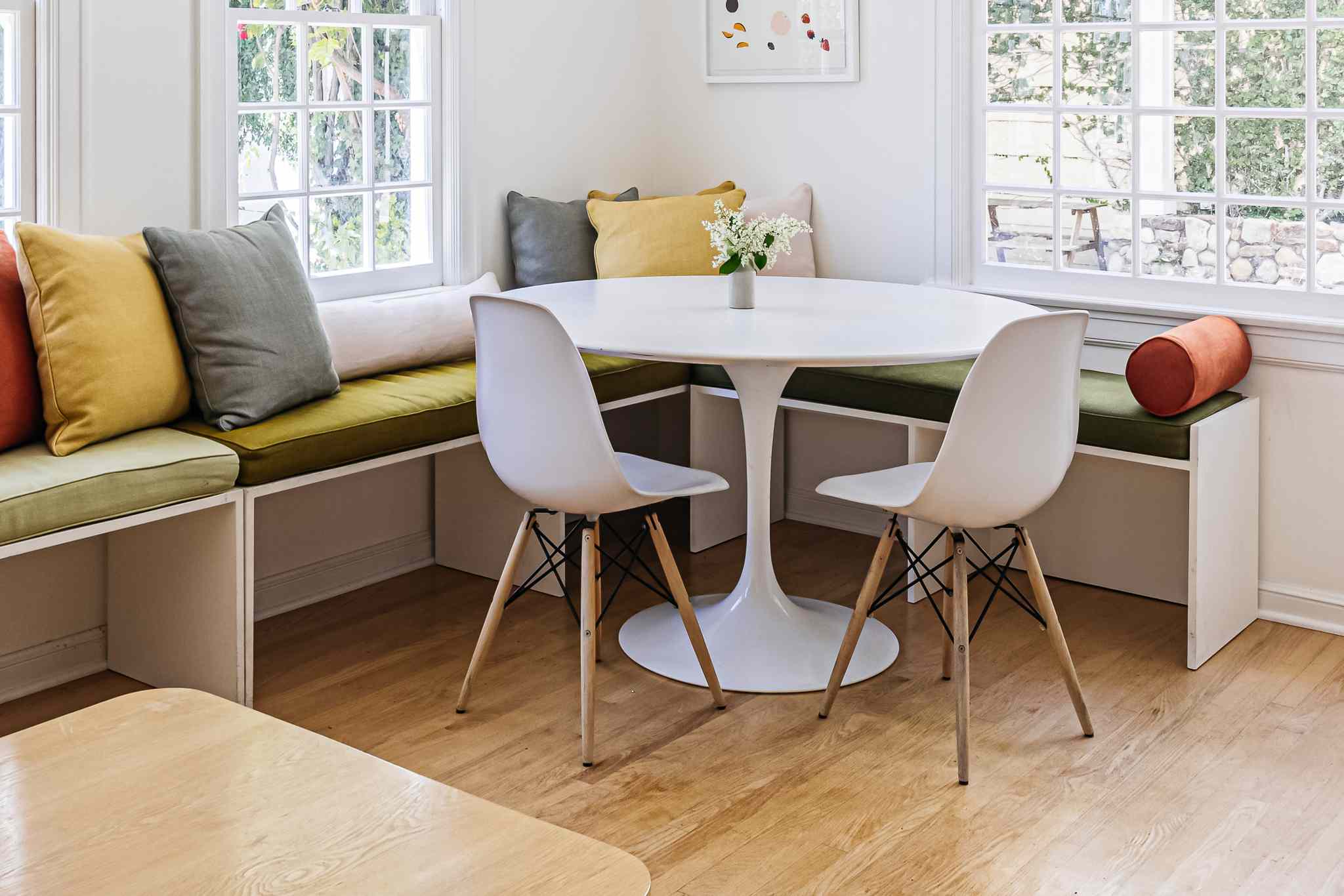
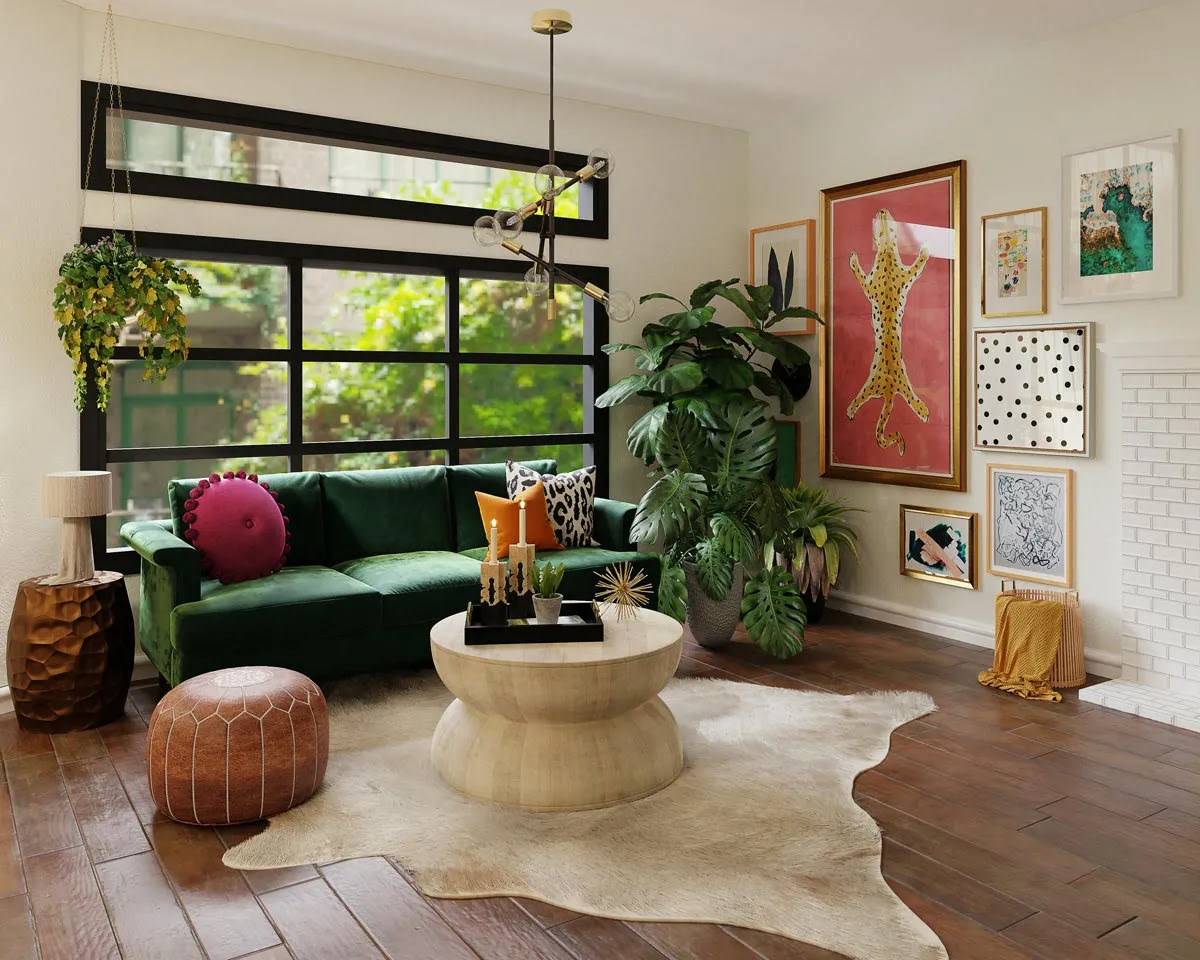
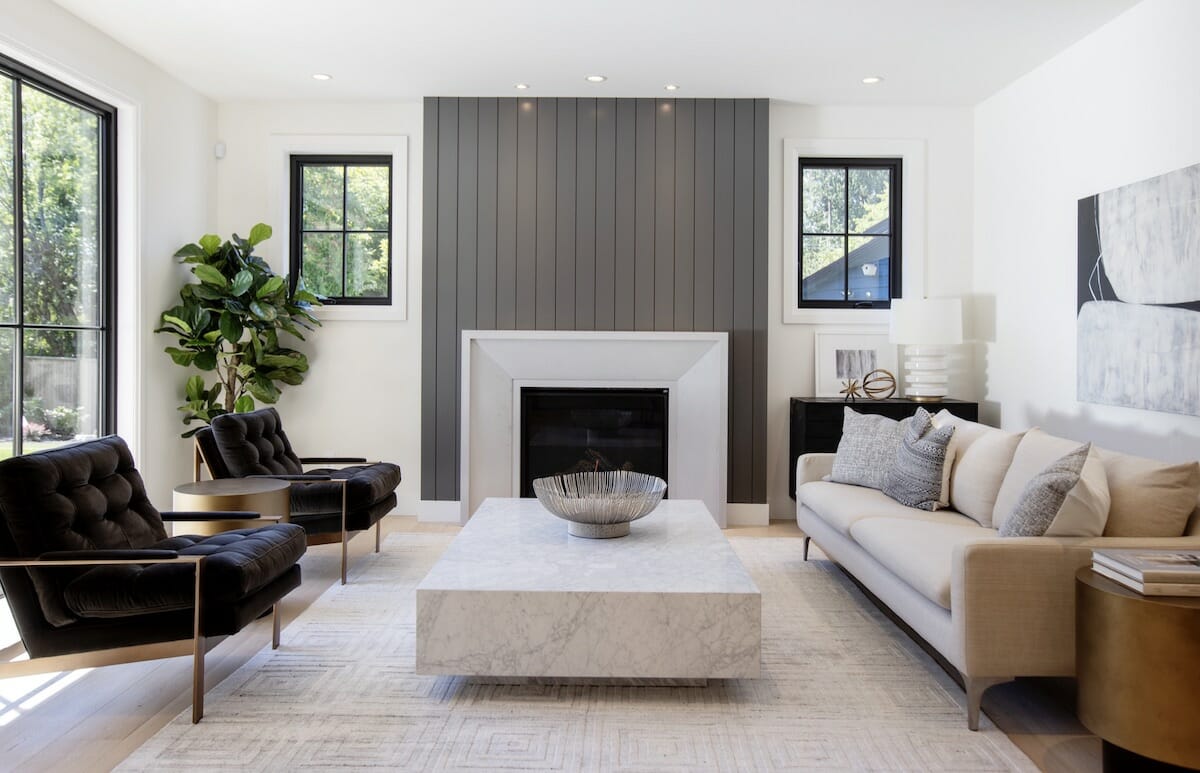
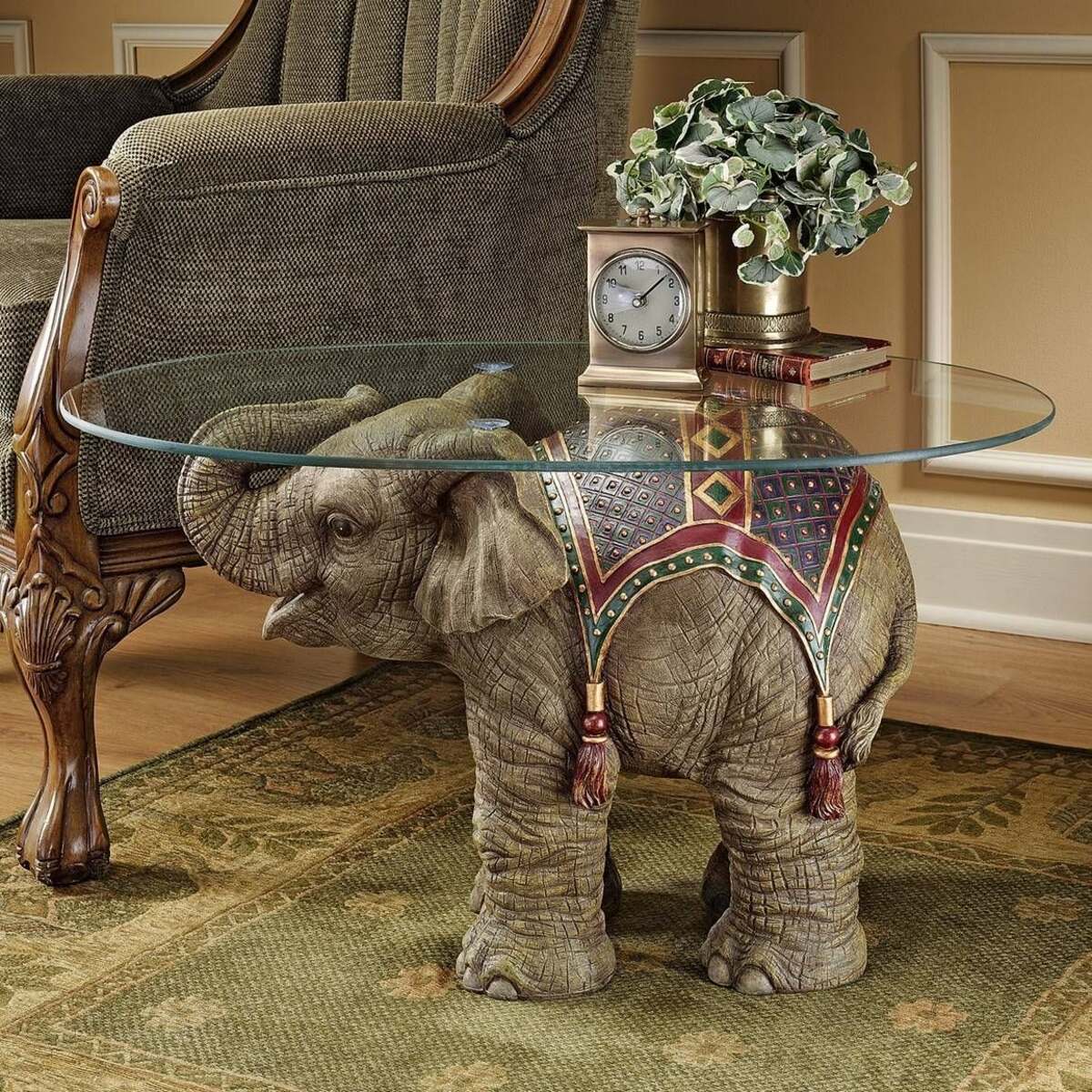
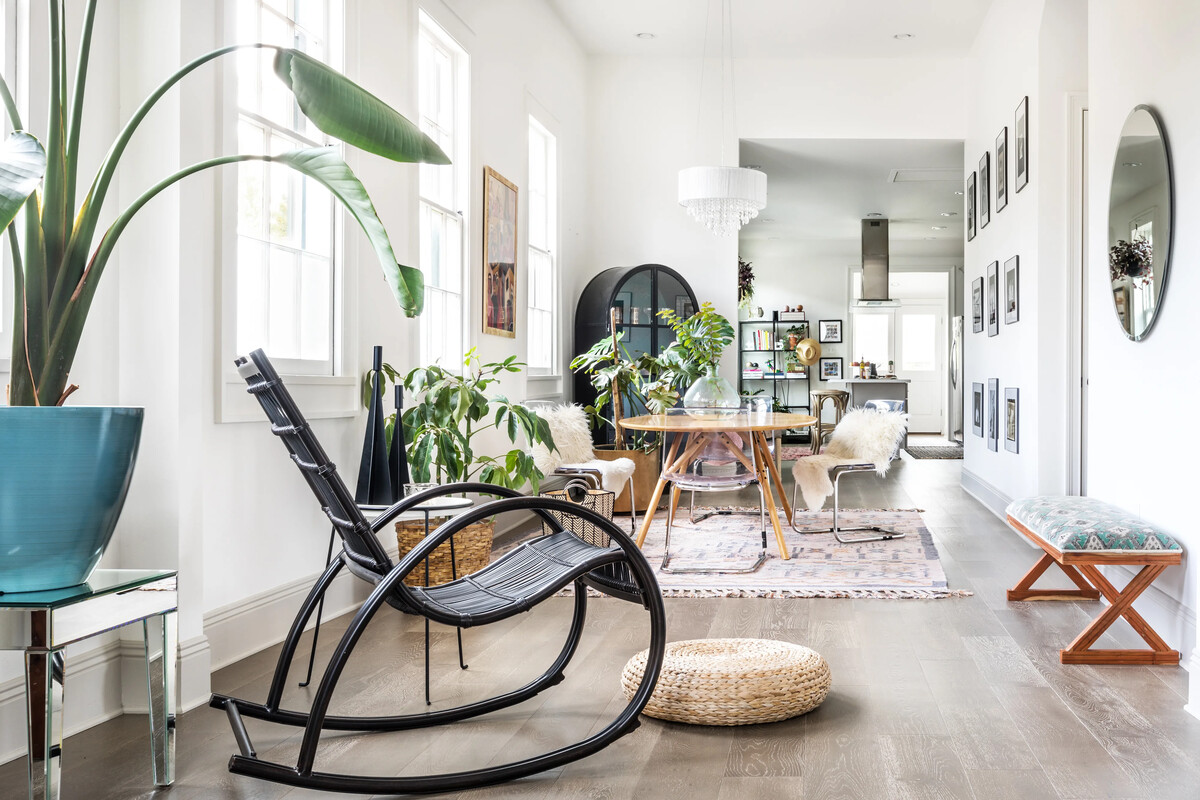
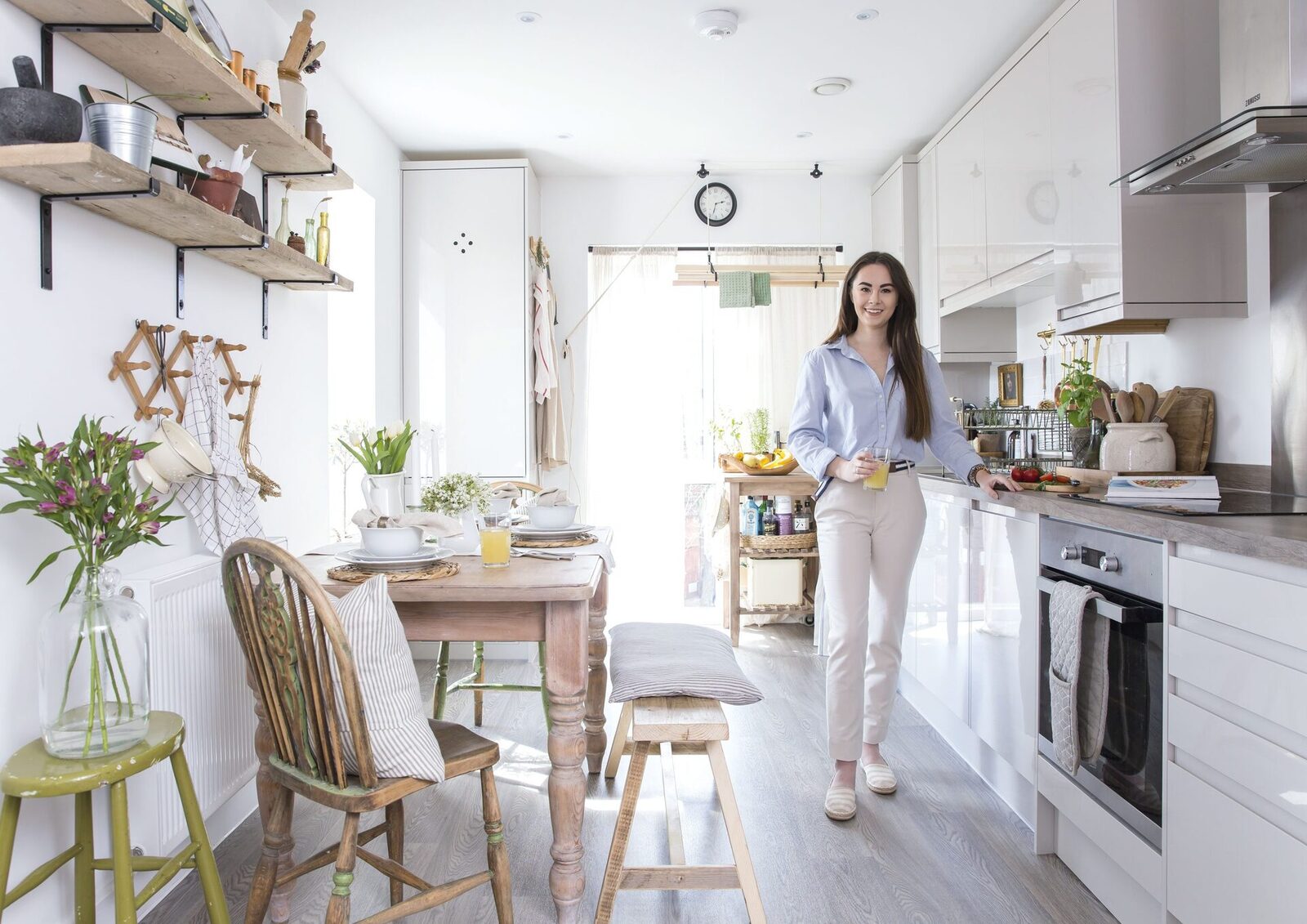

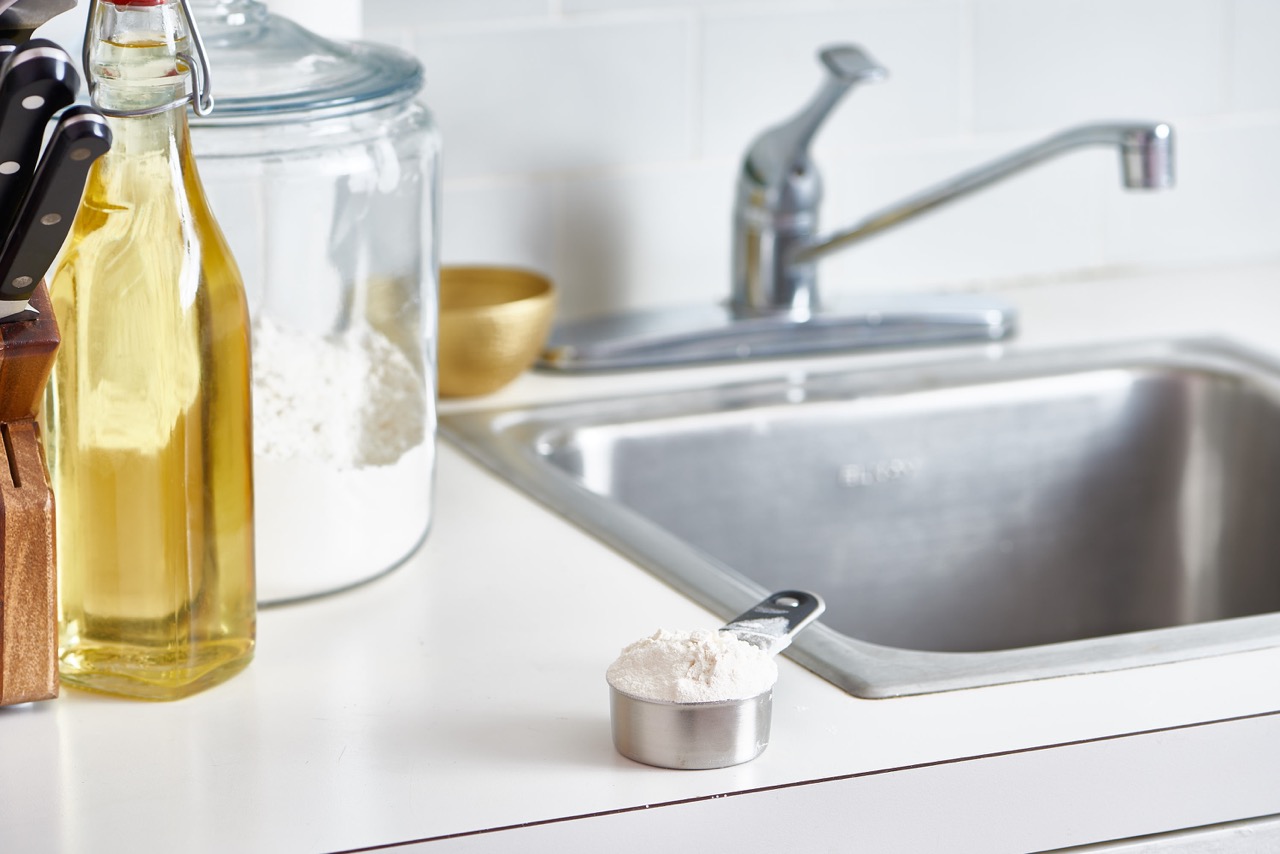
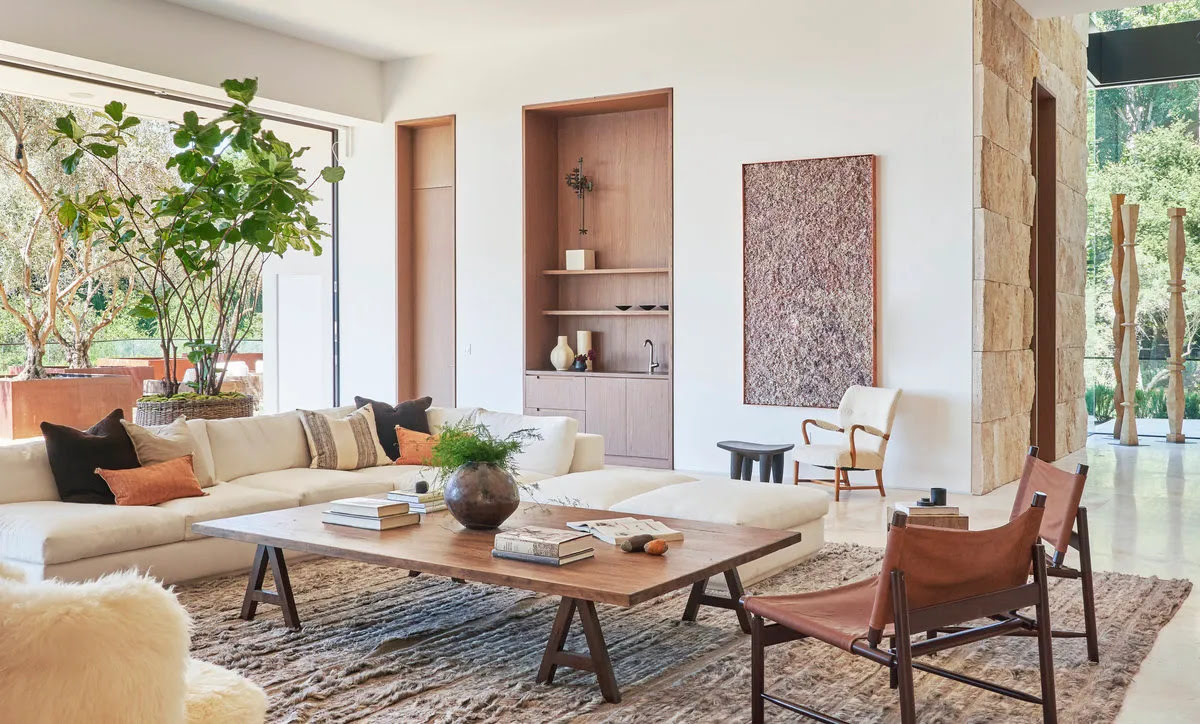
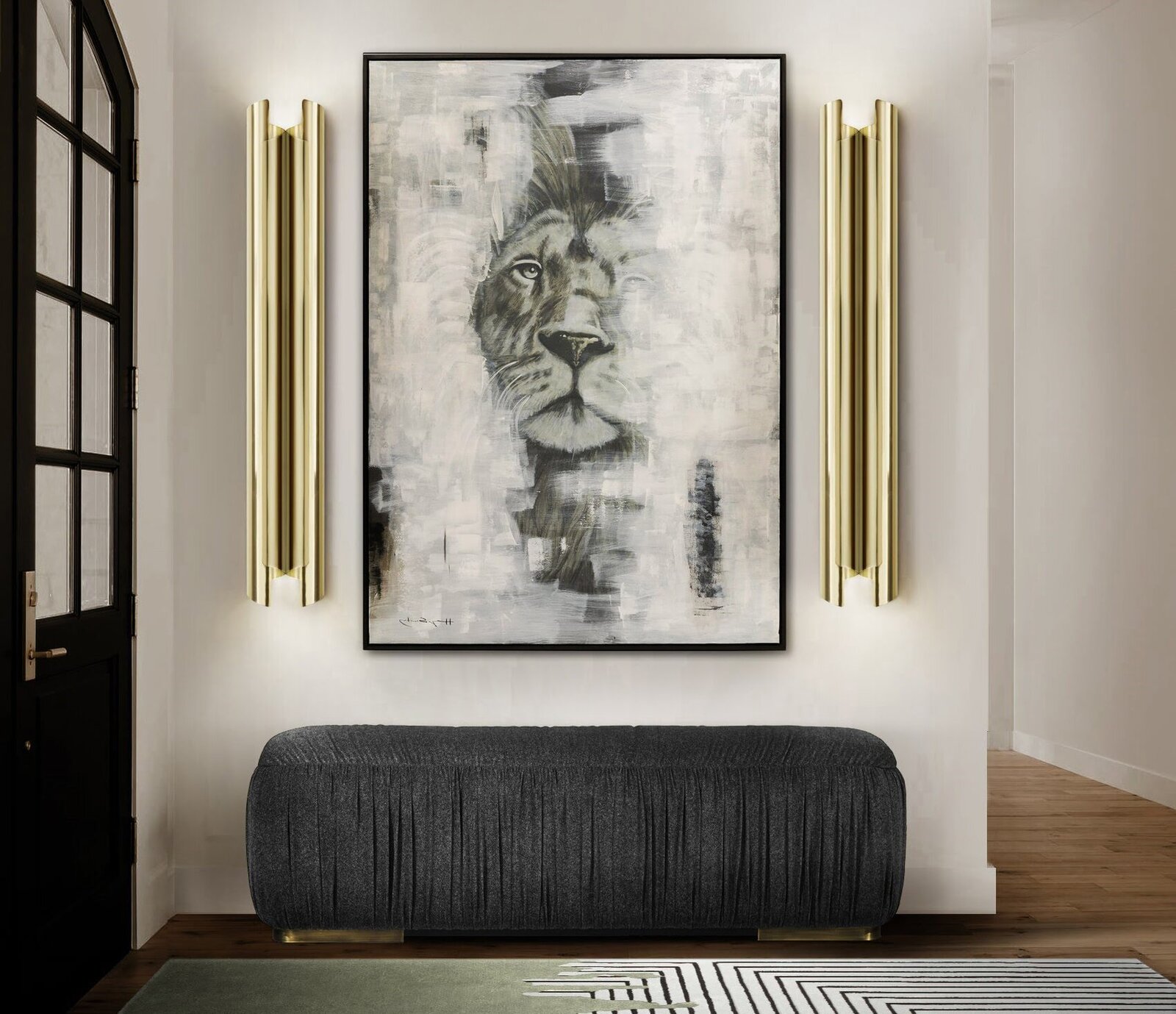
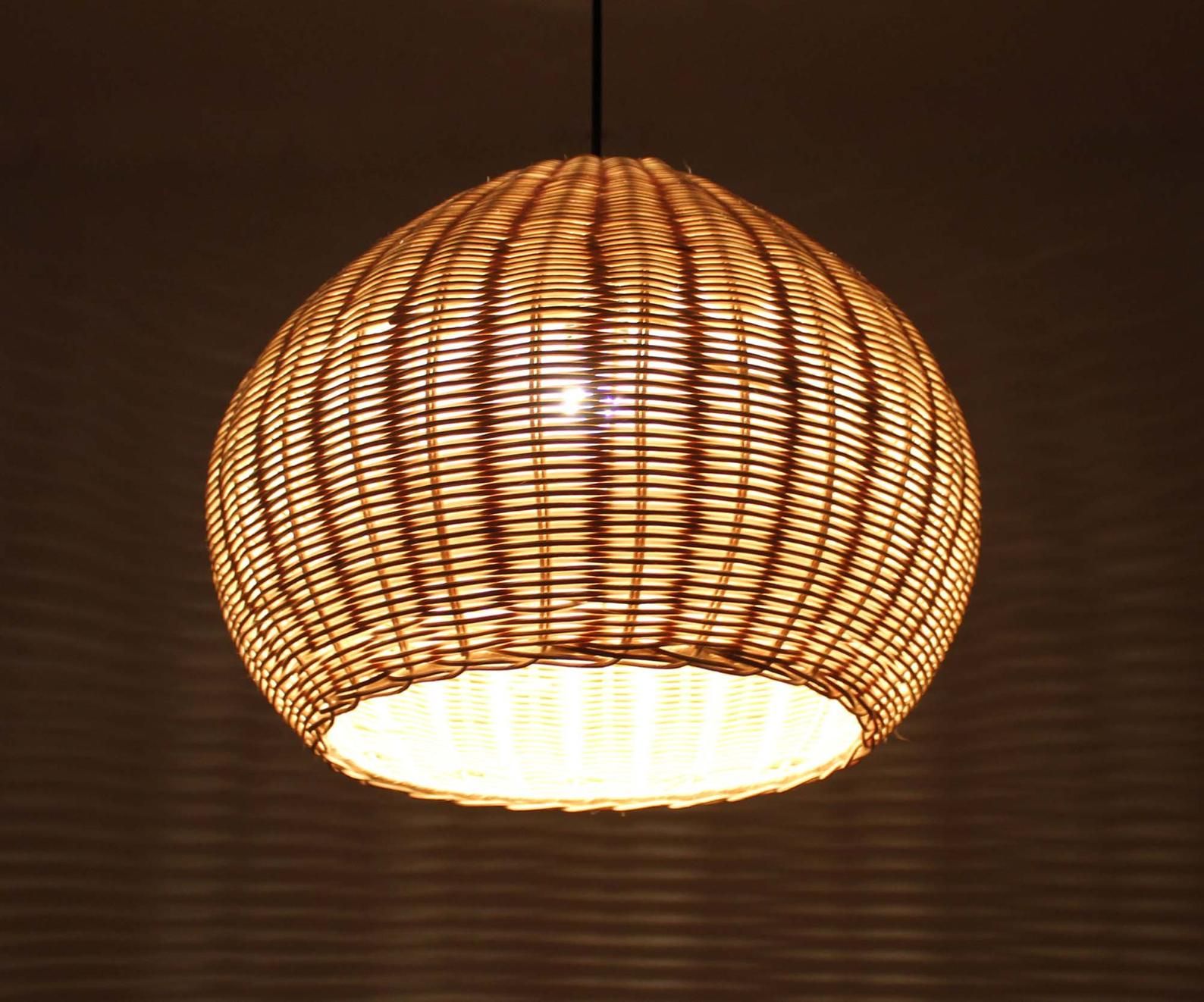
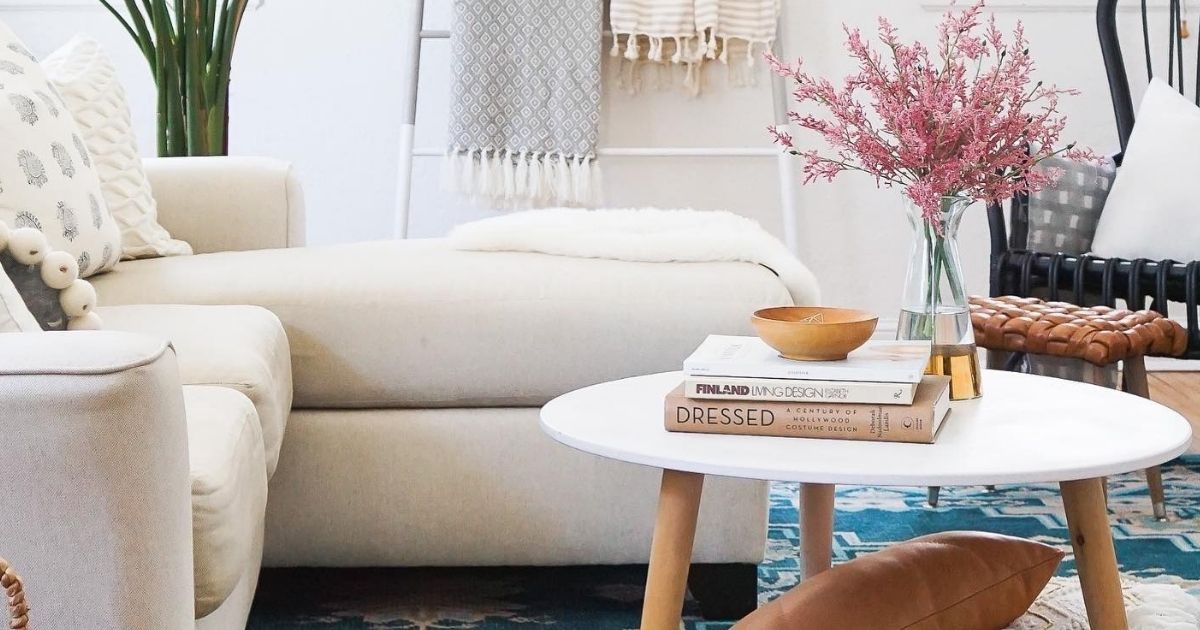
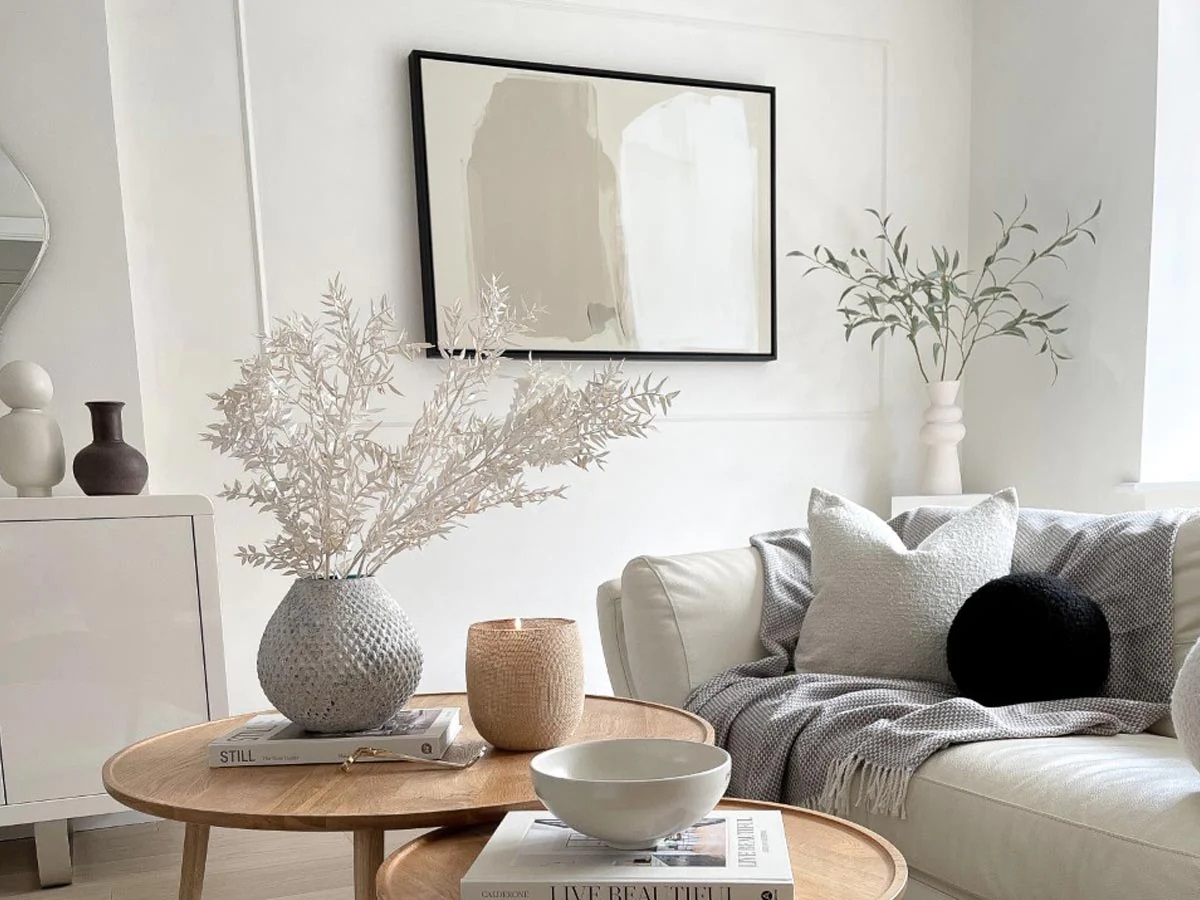

0 thoughts on “Pedestal Styling Is The Overlooked Decor Trend We Shouldn’t Ignore”